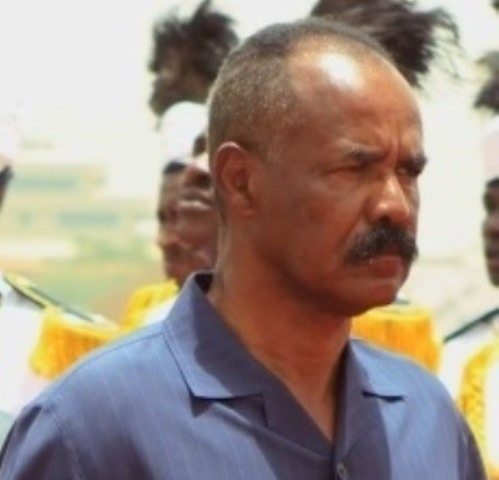- ‘I believe Somalia represents the worst humanitarian disaster in the world,’ UNHCR head António Guterres , speaking to journalist on Sunday, in Kenya.
- Dollo Ado camp, Ethiopia, and Dadaab refugee complex, Kenya, are overwhelmed by refugees.
- A new camp, at Kobe, Ethiopia, had been opened recently, though it is reaching its full capacity.
- Kenyan government has so far refused to authorize the opening of an additional camp .
UN High Commissioner for Refugees António Guterres spent Sunday in Kenya visiting the component camps of Dadaab – namely Dagahaley, Hagadera and Ifo. Some 1,400 new Somali refugees continue to arrive in Dadaab refugee complex every day. Eighty per cent of them are women and children., according to reports from UNHCR .
The three camps Dadaab refugee complex were initially built for some 90,000 refugees in the early 1990s. They had already housed well over 300,000 refugee, now it is approaching 400,000. Refugees are spilling out into overflow areas around the main camps, where camp workers struggle to help them. The new arrivals are pitching tents on the outskirts of the camps. UNHCR teams estimate that some 65,000 Somali refugees live in these makeshift sites.
UNHCR says its top priorities are to address the malnutrition and overcrowding in the camps. ‘The main challenge is to receive and rapidly stabilize Somali refugees arriving in extremely poor health conditions. Malnutrition rates among Somali children under the age of five arriving in Dadaab are around 30 per cent…..With infants below five years in age, 3.2-fold and 3.8-fold increases in mortality are currently being seen at the Ifo and Hagadera camps compared with the prevailing rates a year ago. At the Dagahaley camp the increase has been six-fold.’
UN High Commissioner for Refugees António Guterres urged Kenyan government to open an additional camp . The government has so far refused to authorize the opening of the Ifo II camp, which can accommodate up to 40,000 for Somalian refugee, according to BBC. Ifo II camp is close to the Dadaab refugee complex.
Ethiopia: It is to be recalled that Mr. Guterres, visited the Dollo Ado area of south-east Ethiopia on Thursday.
UNHCR reported that since the beginning of the year, 54,000 Somalis have crossed into the area, where the arrival rate escalated to 1,700 people per day in recent weeks. At least 50 per cent of children are either moderately or severely malnourished…… In some cases, people were said to have walked for up to 30 days to reach safety in Dollo Ado, according to UNHCR.
UNHCR say, it has opened a new camp in the area, at Kobe, several weeks ago. However, it is already housing close to 20,000 people, which is its nearing its full capacity.
Refugees in Ethiopia, UNHCR had been assisting 21,400 Sudanese, 91,100 Somalian, and 46,400 Eritrean refugees in Ethiopia. It had estimated, by December 2011, the Somalian and Eritrean refugees number to increase to 126,300 and 61,600, respectively, while the Sudanese return expected to return home.
Somalian refugees and IDPs. UNHCR estimates a quarter of Somalia’s 7.5 million population is now either internally displaced or living outside the country as refugees. There are now more than 750,000 Somali refugees living in the region, mostly in neighboring Kenya (405,000), Yemen (187,000) and Ethiopia (110,000). The number of Internally Displaced Persons (IDPs) within Somalia is estimated 1.46 million.





